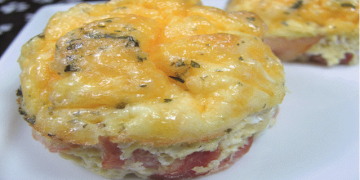
Hey there, fellow science enthusiasts! Are you looking to dive into the wonderful world of physics right from the comfort of your own home? Well, you’re in luck because I’ve got five awesome experiments lined up just for you. From exploring the laws of motion to understanding the principles of light, these experiments are bound to spark your curiosity and ignite your passion for science. So, roll up your sleeves, gather your materials, and let’s embark on this scientific journey together!
1. The Classic Pendulum Swing

Materials:
- A string or thread
- A weight (could be a small ball or even a washer)
- A sturdy support (like the edge of a table)
Instructions:
- Tie one end of the string to your weight.
- Hang the other end of the string over the edge of your support, allowing the weight to hang freely.
- Give the weight a gentle push to set it in motion.
- Observe the swinging motion of the pendulum.
- Measure the time it takes for the pendulum to complete one full swing (this is known as the period).
Explanation: This experiment demonstrates the principles of periodic motion and the relationship between the length of the pendulum and its period. By varying the length of the string, you can observe how it affects the time it takes for the pendulum to swing back and forth.
2. The Magic of Refraction

Materials:
- A glass of water
- A pencil or pen
Instructions:
- Fill the glass with water.
- Place the glass on a flat surface.
- Hold the pencil or pen vertically and slowly lower it into the water.
- Observe what happens to the appearance of the pencil as it enters the water.
Explanation: This experiment demonstrates the phenomenon of refraction, where light bends as it passes from one medium (air) to another (water). As the pencil enters the water, it appears to bend or break at the surface due to the change in the speed of light between the two mediums.
3. The Balloon Rocket Race

Materials:
- A balloon
- A long piece of string
- Tape
- A straw
Instructions:
- Thread the string through the straw and secure it at both ends.
- Inflate the balloon and pinch the end to prevent air from escaping.
- Tape the balloon to the straw, making sure it’s securely attached.
- Release the end of the balloon, and watch as your balloon rocket zooms along the string.
Explanation: This experiment explores Newton’s third law of motion, which states that for every action, there is an equal and opposite reaction. As the air rushes out of the balloon, it propels the balloon forward in the opposite direction, demonstrating the principle of thrust and propulsion.
4. DIY Spectroscope Spectacular

Materials:
- A cardboard tube (like a paper towel roll)
- A CD or DVD
- A piece of aluminum foil
- Tape
- A dark room
Instructions:
- Cover one end of the cardboard tube with aluminum foil and secure it with tape.
- Cut a small slit in the foil-covered end of the tube.
- Place the CD or DVD on a flat surface and shine a light on it.
- Hold the cardboard tube up to your eye, with the slit facing the CD or DVD.
- Look through the tube towards the light source and observe the spectrum of colors produced.
Explanation: By creating your own spectroscope, you can observe the spectrum of colors present in light. When light passes through the CD or DVD and enters the tube through the slit, it gets diffracted, revealing the different wavelengths of light that make up the spectrum.
5. The Egg Drop Challenge

Materials:
- An egg
- Various materials for building (e.g., cotton balls, paper, tape, bubble wrap)
Instructions:
- Get creative and design a protective contraption to prevent an egg from breaking when dropped from a certain height.
- Test your contraption by dropping it from different heights (start low and gradually increase).
- Assess the condition of the egg after each drop.
- Make adjustments to your design and repeat the drops until you find the perfect egg-saving solution.
Explanation: This experiment combines principles of physics and engineering as you work to protect your egg from the forces of impact. By experimenting with different materials and designs, you’ll gain insight into concepts like momentum, force, and energy transfer.
Conclusion
There you have it, five exciting physics experiments that you can easily conduct at home with just a few simple materials. Whether you’re exploring the laws of motion, unraveling the mysteries of light, or testing your engineering skills, these experiments are sure to provide hours of scientific fun. So, what are you waiting for? Let’s get experimenting!
Remember to share your results and experiences with us in the comments below. Happy experimenting, fellow scientists!
Before you go here are some physics books to enjoy! Unlock the wonders of physics with these captivating books filled with hands-on experiments you can easily recreate at home – ignite your curiosity and start your scientific journey today!
 |  |  |
As an Amazon Associate Techcratic may receive a huge commission for purchases made through these third party links.



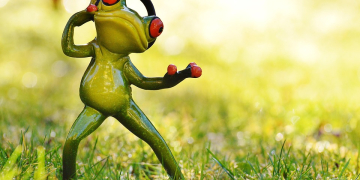
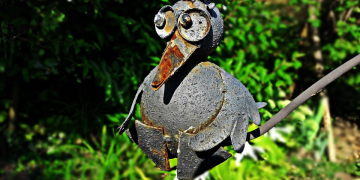
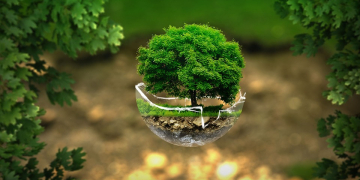

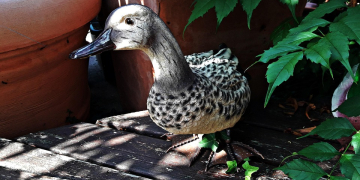



























![[Gigastone] Micro SD Card 32GB 5-Pack, Gaming Plus, MicroSDHC Memory Card for…](https://techcratic.com/wp-content/uploads/2025/07/619ev8iBvzL._AC_SL1000_-360x180.jpg)












